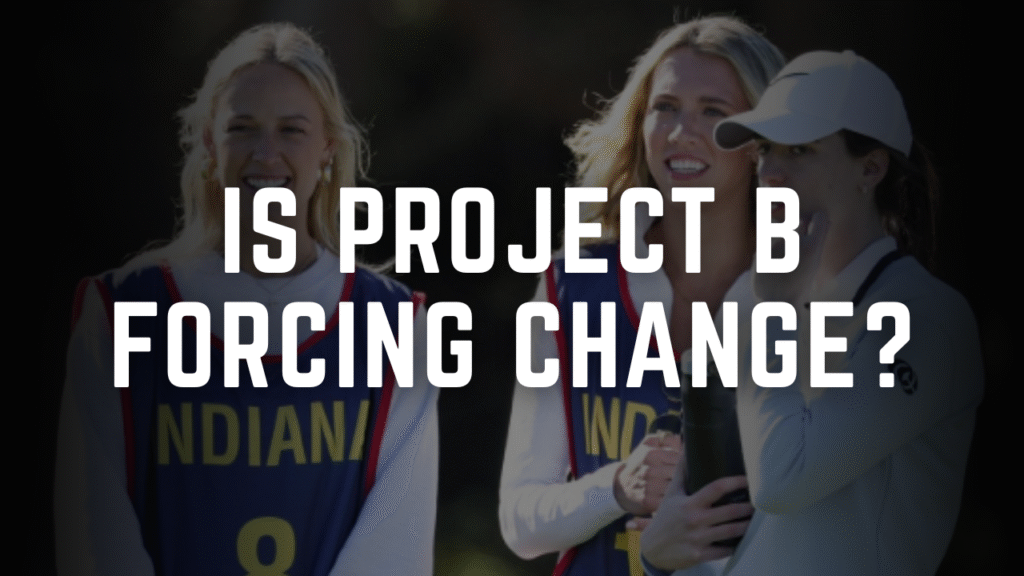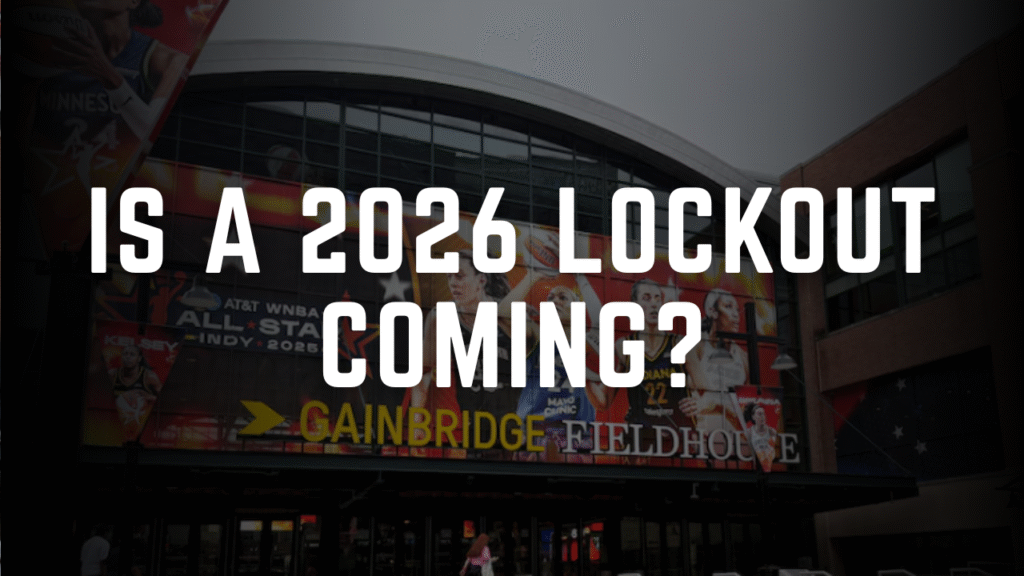The 2025 WNBA Draft was billed as a coronation for Paige Bueckers, the UConn phenom whose resilience and artistry made her the most anticipated prospect in a generation. But when the Dallas Wings stunned the basketball world by trading up to secure the No. 1 pick—and selecting Bueckers over international sensation Dominique Malonga—the night became more than a celebration. It was a masterclass in drama, surprise, and the raw unpredictability of sports. From UConn’s continued reign to Sedona Prince’s heartbreaking slide out of the first round, the draft laid bare the razor-thin margins between destiny and disillusionment.
The Bueckers Effect: Dallas Wings Bet Big on a Comeback Queen
Paige Bueckers’ journey to the top of the draft board was anything but linear. After missing nearly two seasons due to a devastating ACL tear and subsequent complications, the 23-year-old guard returned to UConn with a vengeance in 2024, averaging 22.1 points, 6.8 assists, and 5.3 rebounds while leading the Huskies to their 14th national title. Her blend of court vision, clutch shooting, and leadership solidified her as a generational talent—one the Dallas Wings couldn’t resist.
“She’s the complete package: a winner, a playmaker, and someone who elevates everyone around her,” said Wings head coach Latricia Trammell, whose team traded All-Star guard Arike Ogunbowale to the Chicago Sky to acquire the top pick. The move signals a bold rebuild for Dallas, banking on Bueckers’ star power to reignite a franchise that hasn’t reached the playoffs since 2022. For Bueckers, the selection is both validation and a challenge. “I’ve been through the lowest lows,” she told ESPN. “Now it’s time to prove I can thrive at the highest level.”
UConn’s Draft Dynasty: A Legacy Cemented
Bueckers’ No. 1 selection marks the fifth time a UConn player has topped the WNBA Draft, joining legends like Sue Bird, Diana Taurasi, and Breanna Stewart. But this year, the Huskies’ dominance extended beyond Bueckers. Forward Ice Brady, a defensive anchor and double-double machine, went No. 7 to the Los Angeles Sparks, while sharpshooter Azzi Fudd landed at No. 12 with the New York Liberty. Together, they underscored UConn’s unmatched ability to develop pros—a testament to Geno Auriemma’s program, which has now produced 29 first-round picks since 2000.
Yet the night also highlighted a paradox: While UConn remains a pipeline for elite talent, the league’s increasing emphasis on positional versatility and international scouting has diluted the program’s once-unassailable grip on the draft. Enter Dominique Malonga.
Dominique Malonga: France’s “Unicorn” Shakes Up the Draft
At 6-foot-7 with guard-like handles and a 45% three-point stroke, France’s Dominique Malonga entered the draft as the ultimate wild card. The 22-year-old forward, who honed her game with Lyon ASVEL in France’s LFB league, drew comparisons to Giannis Antetokounmpo for her ability to dominate in transition and protect the rim. Still, few predicted the Atlanta Dream would take her at No. 2—a pick that stunned analysts and fans alike.
“She’s a unicorn,” said Dream GM Dan Padover. “In a league trending toward positionless basketball, Dominique’s skill set is a cheat code.” Malonga’s rise reflects the WNBA’s accelerating globalization, with teams increasingly prioritizing overseas prospects who offer unique physical tools. Her selection also overshadowed projected top picks like Stanford’s Kiki Iriafen, who fell to No. 5, and reignited debates about whether international players face inflated expectations. “The pressure is real,” Malonga admitted, “but pressure is a privilege.”
Sedona Prince’s Free Fall: The Draft’s Most Painful Mystery
While Bueckers and Malonga celebrated, Sedona Prince’s night unfolded like a nightmare. The 6-foot-7 Oregon center, a viral sensation during the 2021 NCAA Tournament and a projected mid-first-round pick, watched helplessly as 12 names were called before hers. Despite averaging 17.3 points and 9.1 rebounds in her final collegiate season, Prince’s draft stock plummeted amid concerns about her injury history (two ACL tears) and defensive mobility.
“It’s devastating,” Prince tweeted hours after the draft, her absence from the green room fueling speculation about teams’ risk aversion. The snub sparked outrage among fans, who flooded social media with clips of her dominance. Even rivals voiced support. “Sedona is a warrior,” said Iriafen, her Stanford foil. “Someone’s gonna regret passing on her.” Prince’s slide underscores the draft’s harsh reality: For every feel-good story, there’s a crushing reminder of how quickly fortunes can change.
The Ripple Effects: What’s Next for the League?
The 2025 draft didn’t just reshape rosters—it hinted at the WNBA’s evolving identity. Dallas’ gamble on Bueckers signals a shift toward marketable, homegrown stars, while Atlanta’s bet on Malonga reflects the growing influence of international talent. Meanwhile, Prince’s omission raises questions about how teams evaluate players with injury red flags in an era where longevity is paramount.
For UConn, the night was bittersweet. While Bueckers, Brady, and Fudd extended the program’s draft legacy, the absence of Nika Mühl—a defensive stalwart who went undrafted—left fans questioning whether grit alone is enough in today’s analytics-driven league.
Conclusion: A Draft of Extremes
The 2025 WNBA Draft will be remembered for its extremes: the triumph of Paige Bueckers, the rise of Dominique Malonga, and the heartbreak of Sedona Prince. It was a night that celebrated resilience, rewarded potential, and exposed the brutal calculus of professional sports. As Bueckers dons a Wings jersey and Malonga prepares to bring her Euro flair to Atlanta, one truth emerges—the draft isn’t just about picking players. It’s about betting on the future, and in 2025, the stakes have never been higher.
For the Wings, Dream, and the league at large, the real work begins now. Potential must translate to wins. Hype must become legacy. And for those left waiting in the green room? The fire to prove doubters wrong just got a little hotter.


